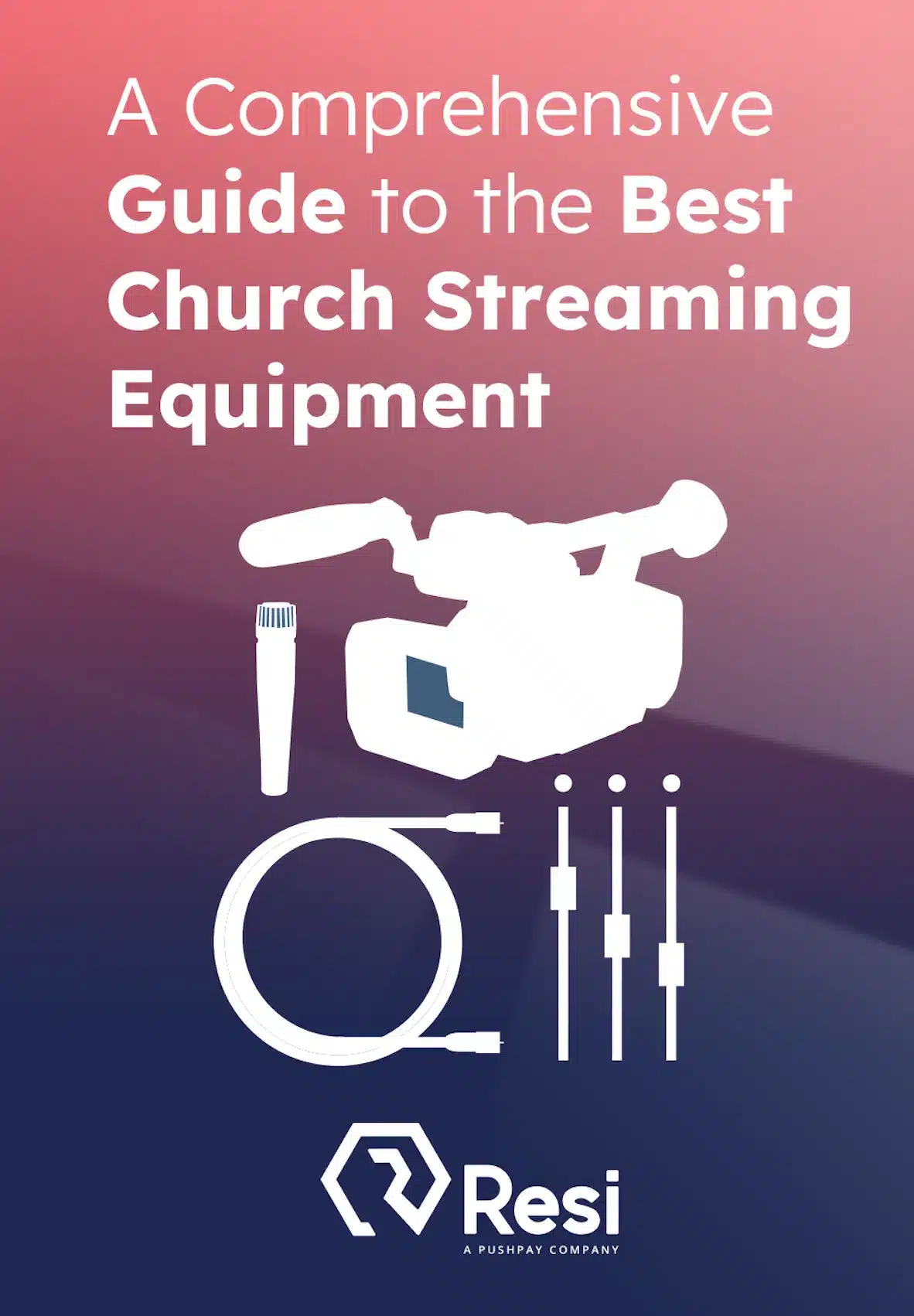RJ-45 (Registered Jack 45) is a standardized connector used for Ethernet networking, providing a reliable wired connection for data transmission. Commonly found in wired network applications, it links computers, encoders, routers, and switches within a local area network (LAN). The RJ-45 connector features eight pins that align with the wires inside an Ethernet cable, enabling high-speed data transfer.
In live streaming, RJ-45 Ethernet connections offer a dedicated wired pathway for encoders and streaming equipment, ensuring stable and interference-free transmission. Whether linking an encoder to a streaming platform or connecting devices within a local network, RJ-45 helps maintain consistent performance without the risks of interference or signal drops. Compared to wireless options, wired RJ-45 connections experience fewer delays, lower interference, and a more reliable upload rate—a major advantage for live streaming.
For organizations using Resi’s live streaming services and solutions, an RJ-45 connection is a crucial component in their AV setups. Teams can connect a Resi streaming encoder to a network switch or router via RJ-45 to ensure smooth and uninterrupted video and audio transmission. This setup helps maintain a high-quality stream, minimizing buffering and connectivity issues for a seamless viewing experience.
Best Livestreaming Equipment
Discover what top-rated equipment we recommend adding to your church streaming toolkit.
Download for free!
RJ-45 vs. Wi-Fi
Unlike Wi-Fi, which can be affected by congestion and range limitations, an RJ-45 Ethernet connection offers a direct, wired link that can potentially reduce buffering and improve video stability. The right RJ-45 cable makes it easier to send data without interruption, keeping streams steady and high quality. Understanding how RJ-45 connectors work and their role in a streaming setup allows for better decision-making when configuring a network for live broadcasts.
How RJ-45 Impacts Live Streaming
An RJ-45 cable provides a stable connection that helps prevent common network issues. Wireless networks often suffer from congestion, interference, and inconsistent speeds, especially in environments with multiple devices. An Ethernet connection removes these issues by providing a direct, uninterrupted link between streaming hardware and the network.
Data transmission speed is another advantage. Live streaming requires a steady upload rate to avoid buffering and dropped frames. A wired RJ-45 Ethernet connection supports gigabit speeds, making it easier to transmit high-definition video without loss in quality. This is especially useful when using Resi’s Resilient Streaming Protocol (RSP), which is designed to handle network inconsistencies while keeping streams stable.
Packet integrity is also improved with RJ-45 connections. Streaming over Wi-Fi increases the chance of packet loss, where small portions of data fail to reach their destination, leading to video stuttering or out-of-sync audio. A wired Ethernet connection minimizes packet loss, helping maintain a steady video feed. Using high-quality RJ-45 cables, such as Cat6 or Cat7, further improves reliability by allowing faster data transfer and reducing signal interference.
A properly configured wired RJ-45 Ethernet connection, along with Resi’s web platform and live streaming hardware encoders, helps maintain a stable live stream without disruptions.
